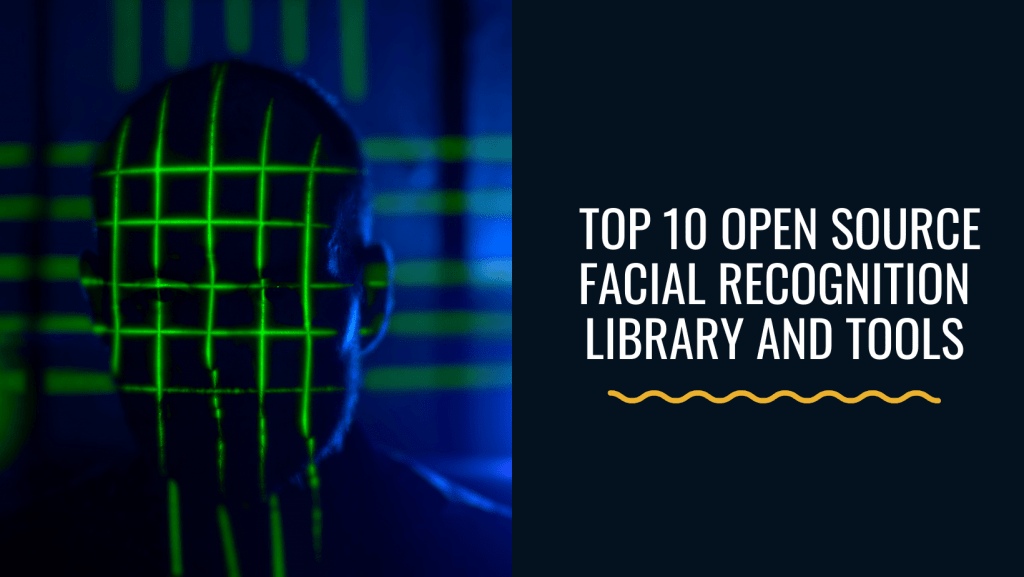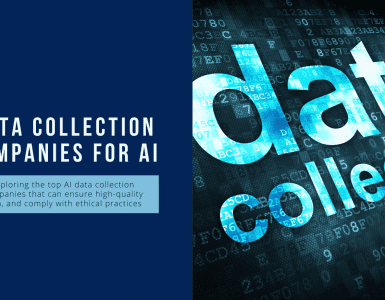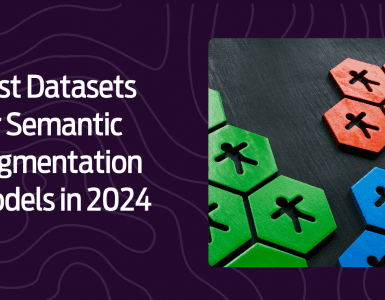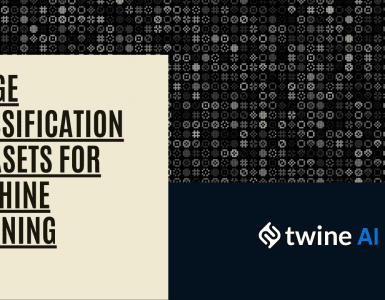
Facial recognition has become an important technology for various applications such as surveillance, access control, crowd analytics, and more. With real-time face recognition, faces can be detected and identified instantly using a camera feed or video stream. This enables exciting use cases like allowing authorised access to secure facilities, identifying blacklisted individuals, and gathering demographic data from crowds.
Thankfully, there are many robust open-source libraries and tools available today that make it easy to build real-time facial recognition capabilities into applications and systems. In this post, we will explore 10 of the best open-source tools and libraries for implementing real-time face recognition.
1. OpenCV
OpenCV is likely the most popular open-source computer vision library out there. Used by companies like Google, Yahoo, and Microsoft, OpenCV contains highly optimised algorithms for image and video processing. For real-time face recognition, OpenCV offers pre-trained Haar cascade classifiers for face detection. It also contains face recognition algorithms like LBPH (Local Binary Patterns Histograms) recogniser that can be trained on labelled faces.
Using the facial detectors and recognisers from OpenCV, real-time facial identification and verification can be incorporated into projects fairly easily. The real-time capabilities make OpenCV great for access control systems, monitoring CCTV feeds, and any application requiring instant facial recognition.
2. DLib
DLib is a powerful open-source C++ toolkit containing machine-learning algorithms for solving real-world problems. Among its many features, DLib contains tools for building real-time facial recognition systems. This includes facial landmark detectors to find face parts and face recognition tools like deep metric learning to generate face embeddings.
DLib models are often used to build Python applications using the DLib Python bindings. For real-time use cases, the high-performance C++ implementations available in DLib are ideal. The real-time facial analysis capabilities have made the toolkit popular for access control, user authentication, and video surveillance applications.
3. Face Recognition
Face Recognition is a simple facial recognition library for Python built on top of DLib and OpenCV. The aim of the library is to provide an easy-to-use API for face recognition tasks. Key features include face detection, alignment, and identification powered by deep metric learning.
As the name suggests, Face Recognition makes it easy to build real-time facial identification into Python applications. It hides away the complexities of calling DLib and OpenCV and provides a clean API. The simple interface has made the library popular for implementing access control systems and other face recognition projects.
4. FaceNet
Developed by researchers at Google, FaceNet utilises deep convolutional neural networks to learn highly discriminative face embeddings. The embeddings can be compared using a distance metric to verify face similarity. Unlike other recognition algorithms, FaceNet learns representations directly from pixels which allows robust model compression.
For real-time use cases, FaceNet models have been optimised to run on edge devices, mobile phones, and browsers. The highly optimised deep learning models allow FaceNet to be used for face verification and recognition even on low-power devices.
5. OpenFace
OpenFace is an advanced facial recognition framework built by researchers at Carnegie Mellon University. It uses deep neural networks to obtain state-of-the-art results for facial landmark detection, head pose estimation and face recognition.
For real-time applications, OpenFace offers multi-threaded implementations for utilisation on multi-core CPUs. It also has optimizations like batch forwarding to simultaneously handle multiple faces. These capabilities allow OpenFace to deliver facial analysis on video streams for access control, crowd surveillance, and monitoring applications.
6. Sightcorp F.A.C.E
F.A.C.E. (Face Detection and Analysis Package) by Sightcorp is a market-leading software solution for adding facial recognition capabilities to existing camera systems. It provides highly accurate face detection, tracking, and identification APIs. F.A.C.E. leverages deep learning and neural networks to achieve reliable real-world performance.
Although a commercial solution, F.A.C.E. is available for free for non-commercial use cases. This makes it a great option for prototyping and building facial recognition projects. It has been used to build applications like access control for secure facilities, real-time surveillance analytics, and smart digital signage.
7. LUNA SDK
LUNA SDK by VisionLabs provides developers with a complete set of APIs and tools to build end-to-end facial recognition systems. It enables real-time face detection, tracking, landmarks detection, face encoding, identification, verification, and more.
Optimised C++ libraries deliver the performance needed for facial analysis tasks. The SDK can be used to add facial recognition capabilities to surveillance infrastructure, access control systems, and any application requiring the identification of faces.
8. Kairos
Kairos provides powerful face recognition APIs that can be used to integrate facial recognition capabilities into applications. Their Face Recognition API enables 1:1 face-matching for verification and 1:N matching to identify unknown faces.
The API offers high accuracy and fast matching speed to meet the demands of real-time use cases. Kairos also provides SDKs for various programming languages allowing integration into iOS, Android, web and IoT applications. A free starter plan is available to try the API making Kairos great for prototyping and proof of concepts.
9. Amazon Rekognition
Amazon Rekognition is a managed computer vision service that is part of Amazon Web Services (AWS). It provides highly scalable real-time facial analysis and facial recognition capabilities via simple API calls.
Rekognition offers low-latency facial recognition and analysis of video streams. It can detect, track, and analyse faces and instantly search against a face collection to identify persons of interest. This makes it suitable for security, surveillance and access control applications.
10. Microsoft Azure Face API
Microsoft Azure Face API is part of Microsoft’s Cognitive Services offering. It provides advanced facial detection, identification, verification, and analysis algorithms. For real-time scenarios, it offers low-latency APIs with high throughput capacity.
Key features like face-to-face matching, person identification, and liveness detection make the API great for implementing real-time access control and surveillance solutions. It also provides face-grouping capabilities to track individuals across multiple camera feeds.
How to improve face recognition accuracy?
The accuracy and reliability of facial recognition systems hinge heavily on the training data used. While open-source projects provide pre-trained models, these are generic models built on public datasets like Labeled Faces in the Wild (LFW) or YouTube Faces (YTF). For mission-critical and highly specialised applications, investing in custom datasets and model training is crucial for performance.
Collecting Application-Specific Data
The first step is collecting a dataset specific to the target application and use case. This should cover the various settings, angles, lighting conditions, obstructions, subject demographics etc. expected during deployment. For example, an access control system would need training images of authorised persons passing through the exact entry points where cameras are located. Similarly, real-world images from the target locations are needed for surveillance or law enforcement applications.
Ideally, the custom dataset should contain several hundred images per individual subject, captured across different times, settings and camera angles. A mix of high-resolution still images and video frames can prove useful. Background scenes with no faces can also be included to reduce false positives.
When collecting custom facial recognition datasets, partnering with data collection experts like Twine AI can save immense time and effort. Twine AI specialises in collecting high-quality image and video training data for computer vision applications. Our data collection and annotation capabilities catered specifically to building high-quality training datasets for facial recognition.
Annotating and Labelling Faces
The collected images need proper labelling and bounding box annotations for detection and recognition training. Services like Twine AI can efficiently handle facial landmark annotation and face labelling at scale. In-house teams can also use systems like LabelBox, CVAT, Computer Vision Annotation Tool and others for annotation.
Each detected face should be annotated with a subject ID to enable supervised learning. Social distancing, mask-wearing, gaze direction and other attributes can also be labelled to train smarter models. Verifying annotation quality is vital before proceeding with model training.
Training and Fine-tuning Models
Finally, the annotated custom dataset can be used to train or fine-tune facial recognition models using transfer learning. Most open-source projects provide APIs and guides for training like DLib, OpenCV and others. Techniques like freezing base layers and only retraining top layers help leverage pre-trained weights better.
The performance of the face recognition system improves drastically when models are tailored to the target deployment environment and subjects. Periodic model updates with new annotated data can counter concept drift over time as needed. In summary, investing in quality application-specific training data is key to maximising real-world facial recognition capabilities.
Final thoughts
Facial recognition has immense potential to build innovative solutions for security, retail, smart cities and beyond. Thankfully, robust open-source libraries like OpenCV, DLib, and FaceNet provide the algorithms and models needed for face detection and identification. Commercial solutions like Amazon Rekognition and Microsoft Azure Face API offer highly scalable real-time APIs. With these open-source projects, building facial recognition capabilities into applications has never been easier.








